Enhancing Efficiency in Iron Ore Screening Operations
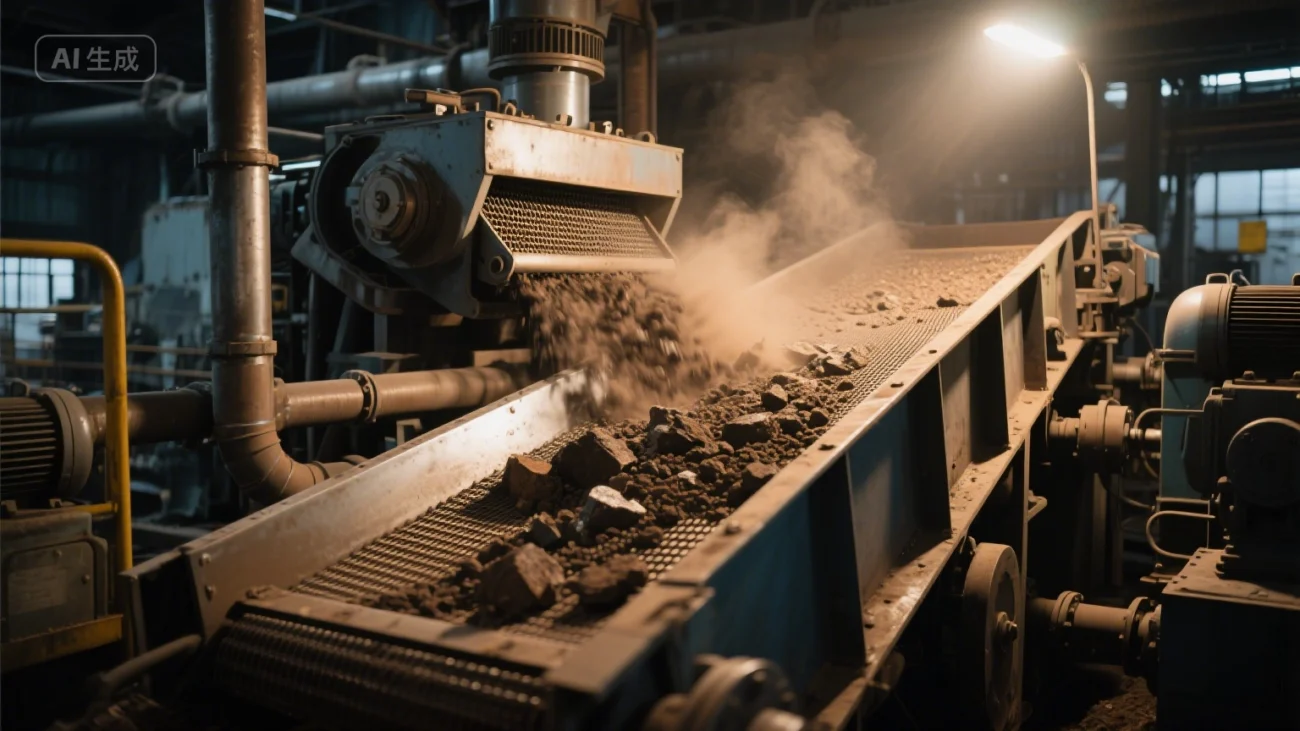
Australia remains a dominant global force in iron ore production, and the integration of advanced screening technologies has become indispensable to maintain competitive extraction rates and optimize mineral throughput. In the Pilbara region, where vast reserves of hematite and magnetite are extracted, iron ore screening processes play a pivotal role in ensuring consistent product quality and gradation control.
The application of iron ore vibrating screen systems enables precise separation of crushed ore into multiple size fractions. This process is vital prior to beneficiation stages, particularly in the removal of fines that hinder downstream magnetic separation or flotation. Modern high-frequency vibrating screens, often equipped with polyurethane meshes, exhibit remarkable wear resistance and adaptability to fluctuating ore characteristics.
Moreover, the deployment of mining vibration screen machinery has drastically reduced downtime associated with screen blinding and clogging. Through controlled amplitude and frequency modulation, Australian miners have achieved higher screening accuracy even in high-moisture environments. The mechanical robustness and energy efficiency of these screens are further augmented by self-cleaning deck designs and multi-layer configurations, permitting greater stratification of ore particles. Thus, mineral processing equipment in Australia’s iron sector hinges heavily on the performance and reliability of these advanced screening systems.
Precision Screening in Gold and Copper Processing
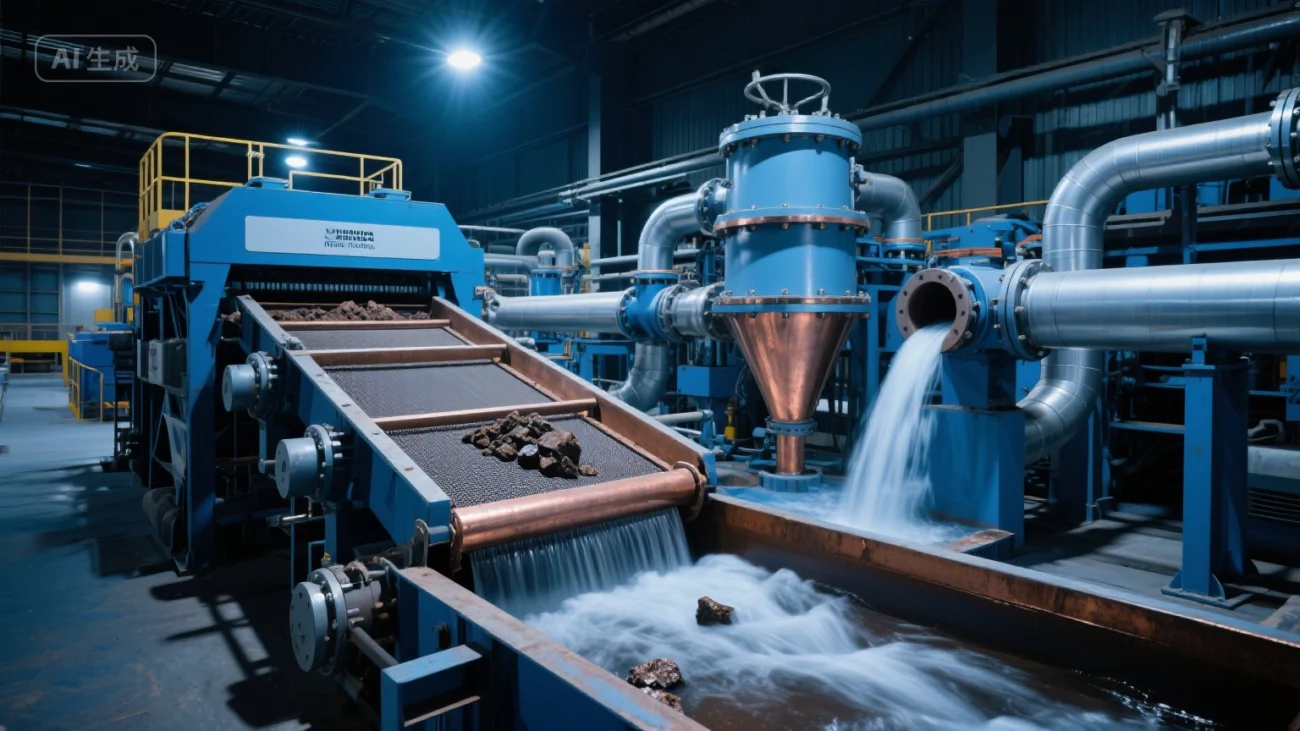
The metallurgical processing of gold and copper ores in Australia demands rigorous separation procedures to recover high-value elements with minimal loss. From the prolific gold fields of Western Australia to the extensive copper deposits of Mount Isa, vibrating screens have become indispensable components in primary and secondary ore handling systems.
For gold ore operations, the implementation of gold ore vibrating screen units ensures accurate classification of milled material, particularly before leaching or gravity concentration. These screens are engineered to handle varying feed rates and ore textures, including complex sulfide matrices and free-milling ores. The high G-force designs incorporated into these systems allow for enhanced particle stratification and efficient throughput, a necessity given the abrasive nature of many Australian gold ores.
Similarly, in copper beneficiation plants, the utilization of copper vibrating screen solutions aids in both pre-concentration and post-flotation refining. These systems are frequently used in conjunction with hydrocyclones to create closed-loop circuits that maximize metal recovery and reduce tailings volume. The adaptive screening media employed — such as modular tension decks — allows operators to switch between different screen apertures with minimal disruption.
The consistent performance of mining vibration screen technologies in these contexts underscores their vital role in metal recovery. By ensuring precise particle separation and reducing processing losses, these systems contribute substantially to the economic viability of Australian base and precious metal operations.
Innovation and Integration Across Mineral Processing Infrastructure
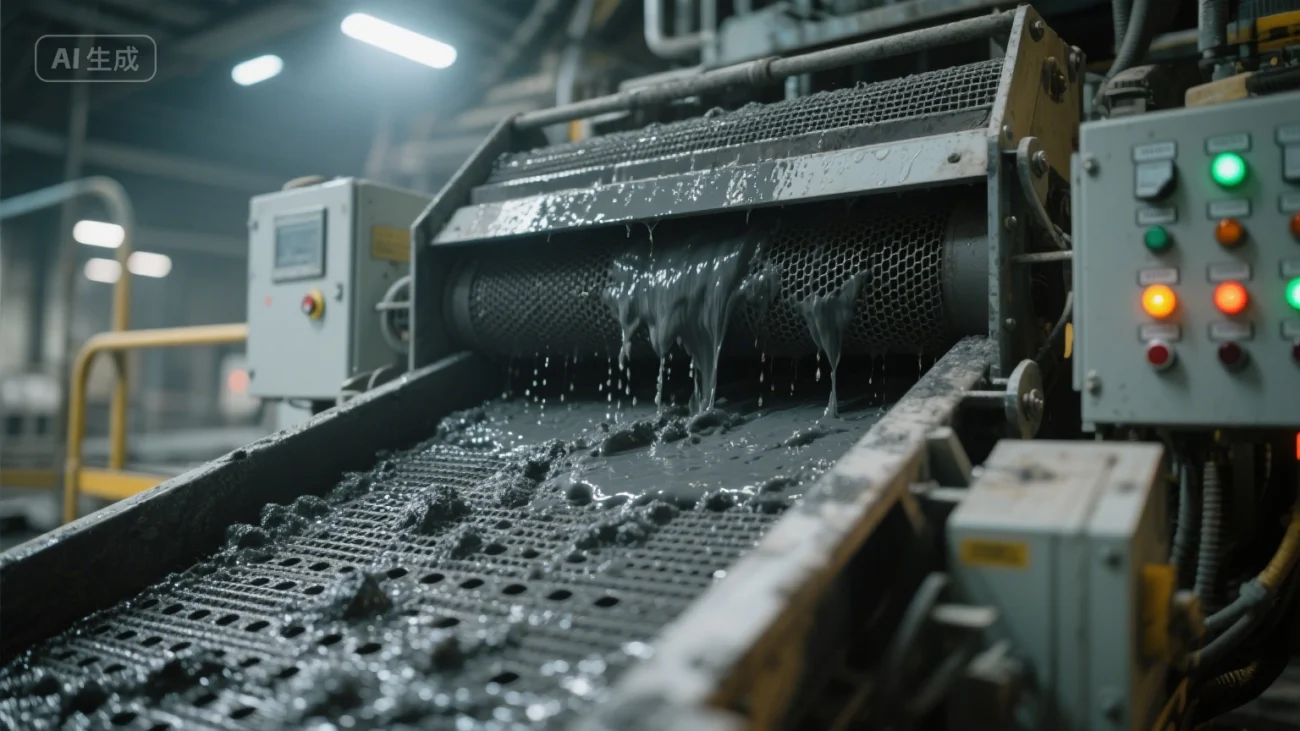
Beyond isolated use cases, vibrating screens have emerged as integral nodes within the broader network of mineral processing equipment deployed across Australia’s mining landscape. Their compatibility with automated control systems and predictive maintenance technologies has elevated their strategic importance in large-scale operations.
In integrated mineral handling plants, mining vibration screen modules are employed in diverse roles — from scalping feedstock at crushing stations to dewatering concentrate slurries post-filtration. These versatile machines contribute to system-wide optimization, reducing energy consumption while enhancing particle liberation. Their role in ensuring homogeneous feed to high-capacity SAG and ball mills cannot be overstated, as uneven feed sizes compromise grinding efficiency and metallurgical outcomes.
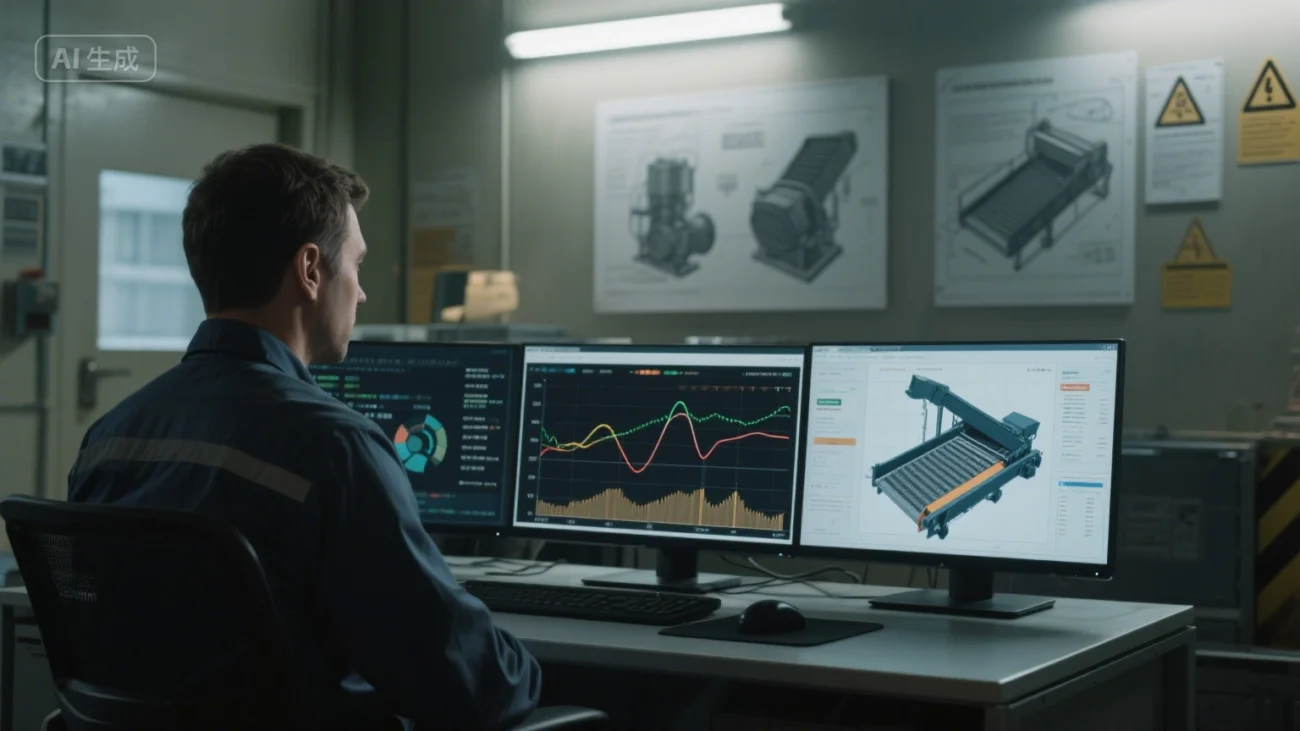
Furthermore, data-driven improvements in iron ore screening have led to the development of real-time monitoring platforms that detect anomalies such as deck wear, vibration imbalance, or structural fatigue. This intelligence facilitates preemptive maintenance, reducing unscheduled outages and prolonging equipment lifespan. In the case of high-tonnage conveyors handling iron or copper ores, synchronized operation with iron ore vibrating screen or copper vibrating screen systems enables seamless material flow across processing units.
Environmental considerations have also spurred innovation. Many Australian mines now employ enclosed gold ore vibrating screen modules to reduce fugitive dust and noise emissions, complying with stringent sustainability regulations. The incorporation of low-impact drive systems and recyclable screen panels speaks to a broader industry shift toward responsible mining practices.
Overall, vibrating screens in Australia’s mining industry represent a convergence of mechanical innovation, operational efficiency, and environmental stewardship. As extraction operations face deeper ore bodies and more complex mineralogy, the adaptive capabilities of these systems will remain central to the country’s metallurgical competitiveness.
